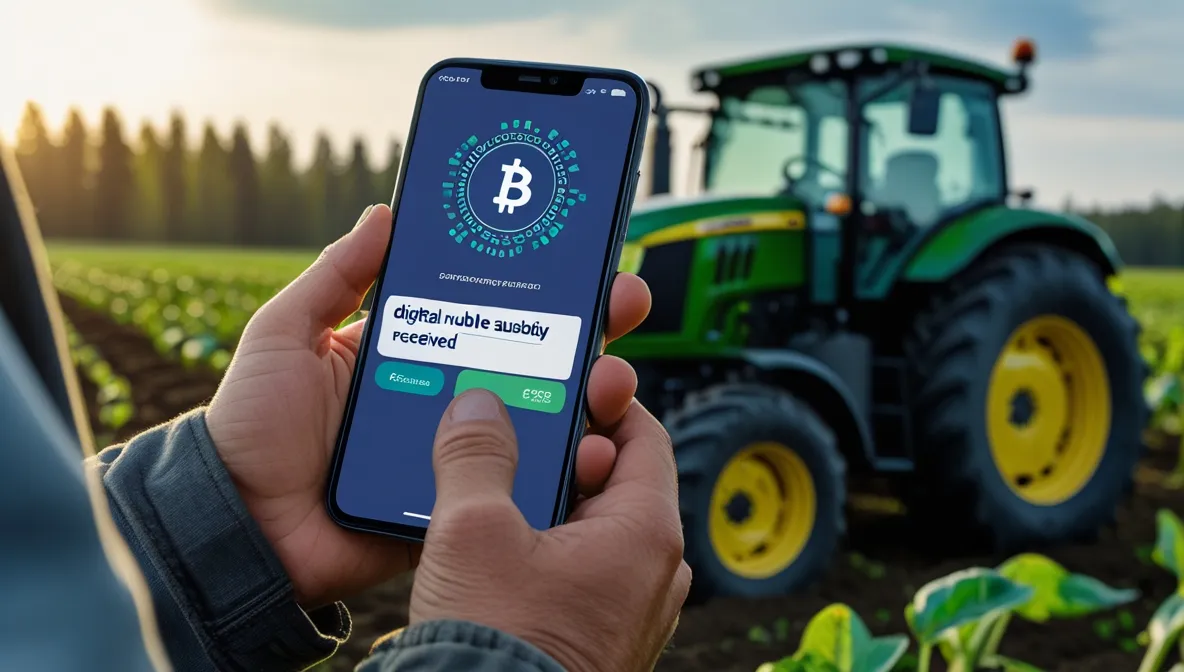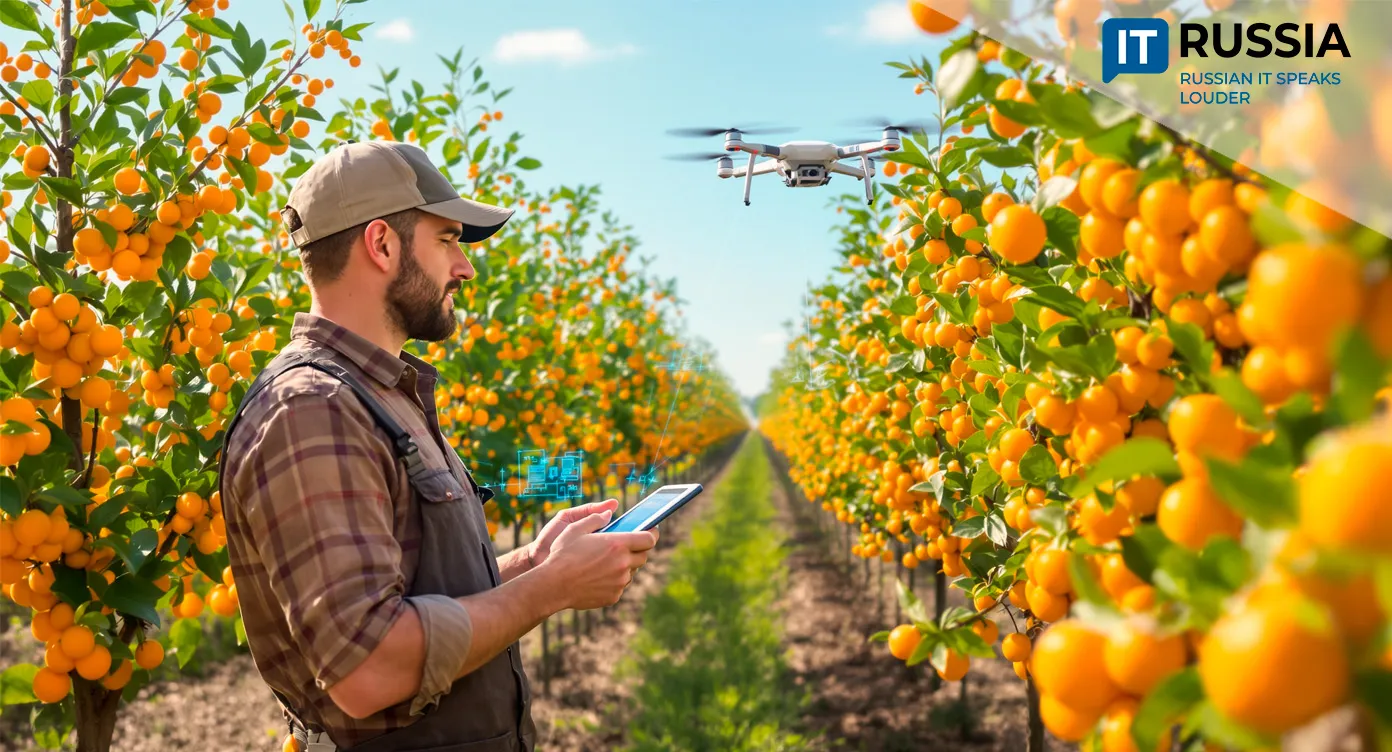Smart Subsidies: Russia Pilots Digital Ruble Payments for Farmers
Russia is advancing its digital economy by introducing the third form of its national currency — the digital ruble — into key areas of government finance. The Central Bank has launched a pilot project that delivers agricultural subsidies to small and medium-sized farms in digital rubles.

Smart Contracts for Smart Spending
In the Republic of Chuvashia, the Ministry of Finance has begun issuing agricultural subsidies in digital rubles (DR) through VTB Bank’s digital platform. Farmers receiving the funds can see not only the amount credited but also the terms of use directly in their account dashboard.
Essentially, this functions as a smart contract — funds can only be spent on approved purposes, such as purchasing farming equipment, seeds, or building livestock facilities. Any attempt to redirect the money elsewhere automatically triggers a rejection, without the need for human oversight. The automated validation logic is built into the Central Bank’s digital ruble infrastructure, which also acts as the currency’s issuer.

Reducing Risk, Boosting Efficiency
This design addresses a longstanding issue with government subsidies — the misuse of funds. By linking every transaction to predefined terms, the digital ruble minimizes the risk of misallocation.
For businesses, it means faster access to payments, fewer bureaucratic hurdles, and simpler reporting. If successful, the Chuvashia pilot could expand to other subsidy programs nationwide. “Integrating the digital ruble into public support measures makes the process more transparent, secure, and convenient for all stakeholders,” said Yulia Kopytova, Senior Vice President and Head of Analytics, Coordination, and Product Development at VTB. “Automating manual operations reduces human error and accelerates financial oversight.”
Phased Implementation
The digital ruble was legally recognized in 2023, with pilot tests in budgetary transactions and payments beginning in 2024. At least 15 of Russia’s largest banks joined the experiment.
In May 2025, amendments to the Budget Code formally allowed limited use of digital rubles for federal spending this year, with full-scale deployment planned for 2026. By 2027, the digital ruble is expected to support regional and municipal budgets as well as social and welfare payments to citizens.

A New Era of Fiscal Policy
The use of the digital ruble in agricultural subsidies demonstrates that integration into Russia’s public finance system is proceeding on schedule. This represents more than a technological milestone — it’s a fundamental rethinking of fiscal management.
Digital currencies make public finances more transparent, controllable, and efficient. Viewed through this lens, the digital ruble is not merely a tool of technology, but an instrument of economic discipline and strategic governance. In the future, it could even play a role in international settlements.

“The digital ruble’s infrastructure is laying the tracks for a new smart payment system,” said Vadim Kulik, Deputy President and Chairman of the VTB Management Board. “It will create corridors and bridges between central banks’ digital currencies — allowing, for example, direct exchange between digital rubles and digital yuan.”
Russia currently ranks among the top three global leaders in central bank digital currency (CBDC) development, alongside China and India.










































